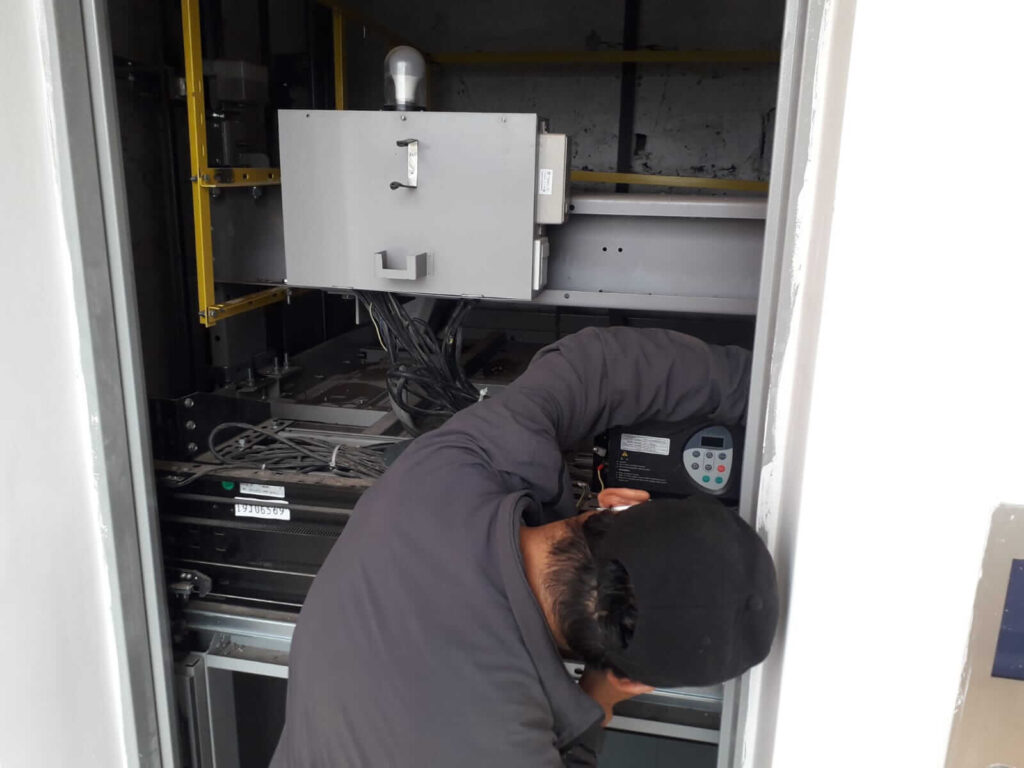
Elevator maintenance can be provided by the city’s building services or by an independent contract to service a specific commercial or residential property. Elevator maintenance is essential for dependable and safe elevator operation for all who rely on it every day, all day.
As a resident or employer (employee) in a midrise or high-rise building, you expect the transportation car to service all floors as instructed, every day of the week and every minute of the day. As you are already aware, the system does not always function properly. As a result, regular elevator maintenance is required to prevent, deter, and correct use malfunctions. These corrective repairs and replacements ensure the convenience and safety that residents and employees of these buildings have come to expect over the 155 years that these vertical passenger transportation cars have been in service.
Elevator maintenance costs can rise over time for one of two reasons: old systems that need to be modernized or replaced, or postponed repairs that have become larger, more expensive problems. Nonetheless, cost is the management’s primary concern. The lives and safety of the men, women, children, and animals who ride in those cars every day are jeopardized when repairs are postponed for an extended period of time. Repairs should be scheduled in order to stay on top of any mechanical issues before they arise; however, shafts and cars that are rarely used can be an exception.
However, when residents, clients, and employees are stranded on the 20th floor, the car stops in between floors, or you are stranded without service and everyone has to use the stairs for two days, this can result in serious complaints from ailing and handicapped people.
When elevator maintenance or system modernization is put off, performance suffers in three ways: long wait times, frequent breakdowns, and system power failures. Service life can be shortened, necessitating the replacement of parts, the entire system, or parts that have become corroded, overheated, or damaged while being used when in need of repair. As a result, all buildings with these service cars and service shafts require professional elevator maintenance from a company that can help with both routine maintenance and emergency repairs.
The SJEC assisted in bringing the modern convenience of indoor transport to commercial and residential use for furniture, parcels, people, pets, and handicapped equipment. Everyone benefits, except those who rely on elevator maintenance because they are unable to use the stairs at all. This is why it is critical to perform necessary mechanical maintenance on new and old systems to ensure that the safety and integrity of their function is maintained throughout their use in any building structure – too many people rely on it.




